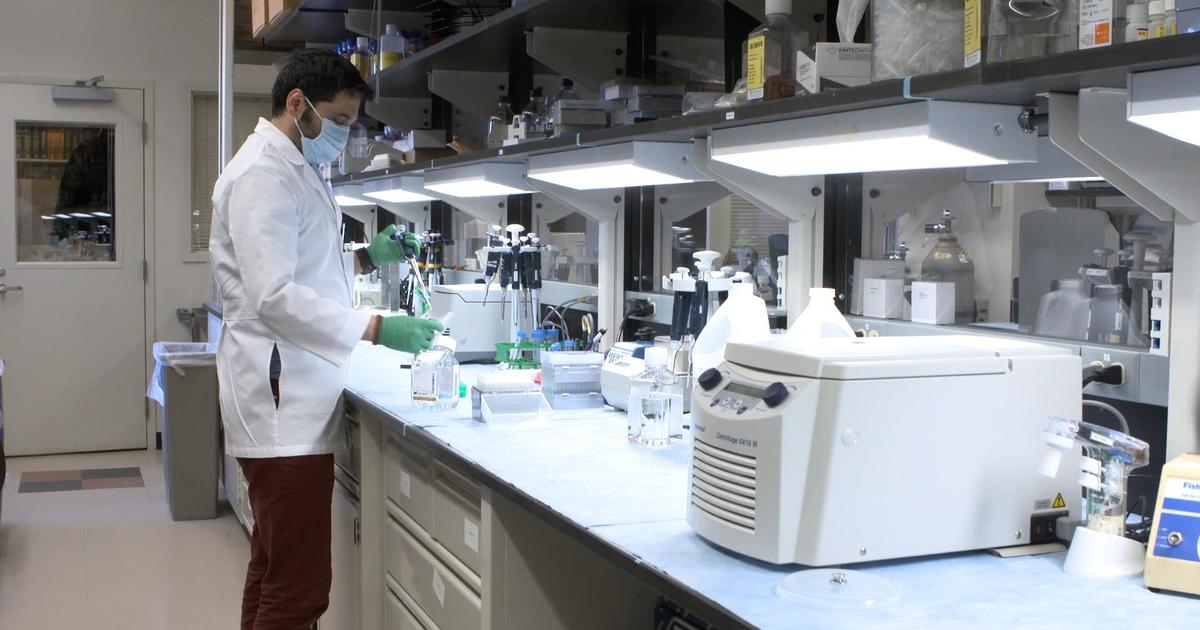
The director of the National Institutes of Health says the results of an NIH clinical trial on a gene therapy for sickle cell anemia “looks like a cure” for the painful and often deadly genetic disease that affects 100,000 Americans, with nearly all being African Americans. 60 Minutes follows the trial for more than a year, focusing on a Florida woman who now appears to be rid of sickle cell anemia. Dr. Jon LaPook’s report will be broadcast on 60 Minutes, Sunday, March 10 at 7:00 p.m. ET/PT on CBS.
Dr. Francis Collins, director of the NIH, says it will take years to make the treatment available to everyone, but based on the results in the clinical trial, says, “I believe that this looks like a cure. I got to be careful. But from every angle that I know how to size this up, this looks like a cure,” he tells LaPook.
60 Minutes follows Jennelle Stephenson, 28, who was born with sickle cell anemia, a disease that bends red blood cells into a sickle shape, making them pile up in blood vessels. Those pile-ups restrict oxygen in the body and cause bouts of severe pain. It can kill in many ways, including organ failure and stroke.
Stephenson and eight others received the therapy consisting of the patients’ own stem cells genetically modified to correct a DNA flaw that causes sickle cell. Those stem cells with the corrected DNA are re-introduced into the body, where eventually, they will start producing healthy red blood cells. All are reacting well to the therapy, especially Stephenson, who is now living a normal life.
Much of her childhood was spent in hospitals. Her life was limited; physical exertion, even climbing stairs, could cause a “pain crisis” – debilitating episodes that could put her in the hospital for weeks at a time. Before her treatment, Stephenson tells LaPook she just wants to be able to run. Nine months after the treatment, cameras capture her being thrown to the floor in a jiu-jitsu class, a move that would have put her in the hospital just months ago. “My body, it almost felt like it was, like, itching to do more.” She can be active for the first time in her life. “And I was like, ‘All right… let’s go swimming today. Let’s go to the gym today… all right, my body loves this.”
Correcting the mutation in the DNA that causes sickle cell required seeing that flaw or “misspelling” in the gene sequence. That was made possible through the work of Dr. Collins and other scientists when they revealed that they had mapped the entire human genome in 2000. That is the seminal knowledge that could produce more successful treatments, says Dr. Collins. “There are 7,000 genetic diseases for which we know the precise DNA misspelling. Couldn’t this same strategy… set of principles work for lots of those, maybe someday all of them?”
© 2019 CBS Interactive Inc. All Rights Reserved.

